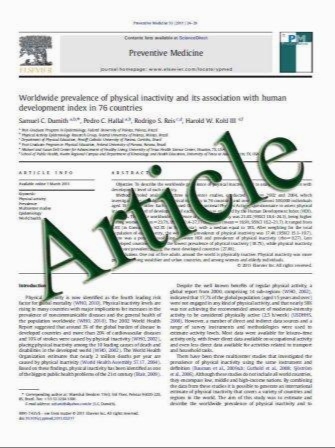Radiation Exposure in Nonvascular Fluoroscopy-Guided Interventional Procedures
- نوع فایل : کتاب
- زبان : انگلیسی
- مؤلف : Roman Kloeckner Anton Bersch Daniel Pinto dos Santos Jens Schneider Christoph Du¨ber Michael Bernhard Pitton
- چاپ و سال / کشور: 2011
Description
Purpose To investigate the radiation exposure in nonvascular fluoroscopy guided interventions and to search strategies for dose reduction. Materials and Methods Dose area product (DAP) of 638 consecutive non-vascular interventional procedures of one year were analyzed with respect to different types of interventions; gastrointestinal tract, biliary interventions, embolizations of tumors and hemorrhage. Data was analyzed with special focus on the fluoroscopy doses and frame doses. The third quartiles (Q3) of fluoroscopy dose values were defined in order to set a reference value for our in-hospital practice. Results Mean fluoroscopy times of gastrostomy, jejunostomy, right and left sided percutaneous biliary drainage, chemoembolization of the liver and embolization due to various hemorrhages were 5.9, 8.6, 13.5, 16.6, 17.4 and 25.2 min, respectively. The respective Q3 total DAP were 52.9, 73.3, 155.1, 308.4, 428.6 and 529.3 Gy*cm2. Overall, around 66% of the total DAP originated from the radiographic frames with only 34% of the total DAP applied by fluoroscopy (P\0.001). The investigators experience had no significant impact on the total DAP applied, most likely since there was no stratification to intervention-complexity. Conclusion To establish Diagnostic Reference Levels (DRLs), there is a need to establish a registry of radiation dose data for the most commonly performed procedures. Documentation of interventional procedures by fluoroscopy ‘‘grabbing’’ has the potential to considerably reduce radiation dose applied and should be used instead of radiographic frames whenever possible.
Cardiovasc Intervent Radiol Received: 24 February 2011 / Accepted: 27 May 2011


